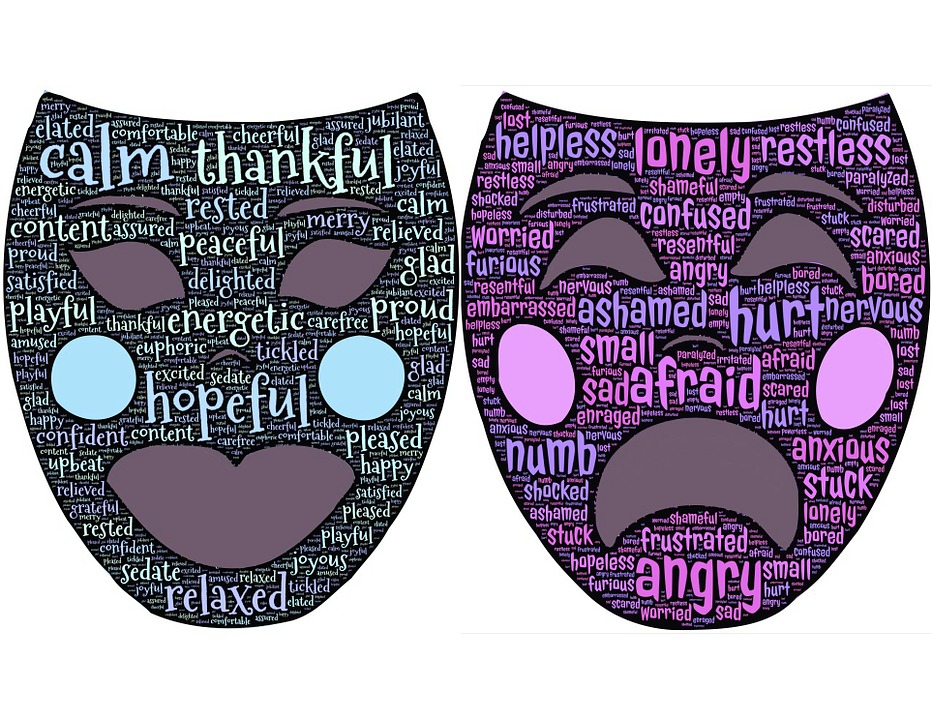Returning to School: 1
Knowing What Student’s Know
Understanding Student’s Experiences and Emotions
Restoring Relationships and Routines

When the turning point comes and life begins to return to a new normal, how will you know what your students learned during their home-schooling experiences? Many parents tried to juggle home teaching expectations while working remotely. Teachers, with children of their own, struggled under the dual expectations of developing learning plans for their own classes as well as fulfilling the learning plans that their children’s teachers sent home.
Easing back to normalcy will take time: To identify student’s variations in learning and prepare them for a return to the routines of school, while catching-up on lingering gaps. Politicians may promise a return to normal, but most health and human service professionals see a new asymmetry.
Throughout schools, classrooms, and homes, it will take time to adjust. Educationally, the possibility of skipping a year of standardized testing will be bewildering in terms of where and how to begin the next school term. Picking up where you left off is impractical because some children have been moving ahead while others have remained stagnant. Additionally, there is the question of which standards are most vital to achieve, while new grade-level ones await?
HERE ARE SOME COMMON THREADS IN THE EMERGING GUIDANCE FOR RESPONDING TO THESE CHALLENGES
Be realistic about all aspects of teaching and learning: Cognitive development as well as social-emotional. It’s been a stressful time for everyone. Each student has had a different experience ranging from parents who have the skills and time to teach at home, to others who experienced abundant screen time or inconsistent caregiving.
Start with a clean slate: It may not be feasible to pick up where you left off last term, but it is possible to construct a foundation for moving ahead with learning. Recognize student’s collective, communal, and shared learning experiences as well as what was unique and personal for each. Rahel may have conscientiously followed the online lessons while Reagan’s family spent weekends learning together, perhaps building a greenhouse or taking virtual tours to other planets.
Take it step by step: Rather than rushing forward, take time to rebuild relationships with your students, listen to their experiences, learn from each other, and reassure them that all types of learning can be valuable. Then, begin a step by step process to recognize what was learned and what gaps still linger. Ask them about the best ways for them to show what they learned. Let them fill their own virtual or paper “slate” to display, diagram, and illustrate emotional and mental states
Establish shared routines: Ask students what they remember of classroom expectations and practices, ways to keep their workspace organized, how to handle disagreements, or how to respond when someone is sad. Add some fun: Develop a shared dance move when changing learning activities and stations, or at the end of group work, have students exchange “virtual gifts with each other such as expressing appreciation for ___. Develop unique, non-contact, morning greetings.
Build a sense of connectedness and belonging: Create a chart where each student can identify something they like to do, are good at, or learned at home: i.e., cleaning their room, solving problems, art, karate, and more.
Talk about feelings: Acknowledge that some people experienced powerful feelings during this time, while others lapsed into a lackadaisical or discouraged mindset. Make a chart by asking students to list people’s feelings, then collectively generate words with an opposite meaning. For example, bored becomes interested, stress and worry becomes relaxed and calm, distracted becomes focused, and problems become solutions. Emphasize the importance of acknowledging understanding and responding to our feelings. https://www.weareteachers.com/emotional-regulation/

Incorporate a dash of fun to ease normal and expected nervousness. Also, consider the needs of students who may be more anxious. Warm-up everyone with get-acquainted activities such as: “If I could have been anywhere else during this time, it would have been…….” Or roses (enjoyable things that happened) and thorns (prickly things I experienced).
Consider ways to check recall of previous learning such as word association using prior vocabulary, concept maps, small group brainstorming, draw-it, three-corners where students post “I remember, I forgot, I need help with…” Be prepared to introduce new learning in ways that make connections to prior learning, such as an ABC vocabulary or a KWL. https://wabisabilearning.com/blogs/assessment/15-assessment-activities-fast-formative
Keep parents in the loop: Even before students return to school, make sure everyone is reducing their screen-time and re-engaging in active and dynamic learning. Keep everyone connected with classroom news updates, postings of classroom activities, student-written notes home. https://raisingchildren.net.au/for-professionals/working-with-parents/communicating-with-parents/communication-with-parents
Alone we can do so little; Together we can accomplish so much.”
Helen Keller